Shin Splints
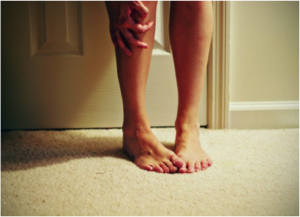
Shin splints is the general name given to pain at the front of the lower leg. Shin splints, also known as tibial stress syndrome, are a common name for pain that affects the lower leg when it’s been subjected to too much pressure. We most often see this in runners and people new to a walking program. Whatever the cause, many cases respond well to treatments or heal quickly with the right intervention.
Even better, you can usually prevent shin splints by adjusting your workout routine. However, completely ignoring the problem – or just hoping the discomfort will go away on its own – isn’t likely to work in this case. So, it’s best to figure out what’s going on and do something to move your body toward recovery.
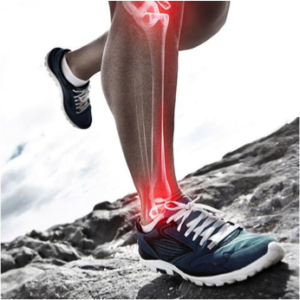
When persistent pain is getting in the way of your training, or walking, or just life, it’s time to be intentional about recovery. Shin splints is not an actual diagnosis but rather a description of symptoms in the lower leg.
There are number of causes of these symptoms, the most common of which, is inflammation of the periosteum of the tibia. (Periosteum is the sheath surrounding the bone).
When the muscles that insert along the tibia (shin bone) become tight they cause a pulling force on the periosteum. This results in inflammation and can eventually lead to a stress fracture.
Symptoms of Shin Splints include
- Tenderness over the inside of the shin.
- Lower leg pain
- Lumps and bumps over the bone
- Pain when the toes or foot are bent downwards
- Swelling around the lower limb
- Redness over the inside of the shin
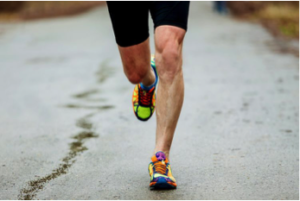 Causes of Shin Splints
Causes of Shin Splints
Shin splints can be caused by a combination of factors and it is often found that root cause is an amalgamation of several contributing causes:
These factors include:
Overuse – exercising too hard or trying to exercise beyond your current level of fitness, can strain muscles, tendons, bones and joints. This can lead to chronic exertional compartment syndrome. Overuse is one of the most common causes of shin splints.
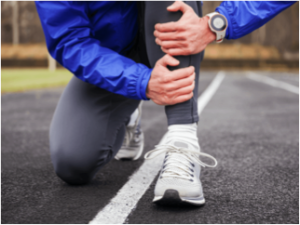 Technique – poor running form, such as ‘rolling’ the feet inwards (pronation) or flat feet, can place extra strain the muscles and tendons.
Technique – poor running form, such as ‘rolling’ the feet inwards (pronation) or flat feet, can place extra strain the muscles and tendons.
High impact – the impact of running on uneven or hard surfaces can injure the shin muscles and tendons. The repetitive action of running long distances on the road or training involving rapid change in direction on hard courts are common causes of shin splints.
Running shoes – wearing the wrong type of shoe for your body while running can contribute to shin splints.
Tips for Managing Shin Splints
- The sooner you rest the sooner it will heal
- Apply ice in the early stages when it is very painful
- Cold therapy reduces pain and inflammation
- Use heat thereafter to stimulate healing
- Wear supportive footwear – can be prescribed by your podiatrist
- Maintain fitness with non- weight bearing exercises such as cycling or swimming
- Strengthen your calf muscles
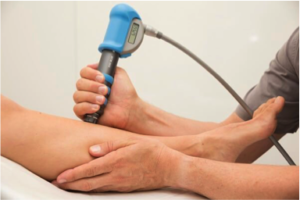 Shin Splint Treatments
Shin Splint Treatments
- Assessment of muscle imbalances in the lower leg and foot
- Shockwave Therapy for muscle tonicity and periosteum healing
- Prescription of flexibility and strengthening exercises
- Appropriate referral if symptoms persist
- Custom orthotic therapy – assist with compensatory forces




Most Commented